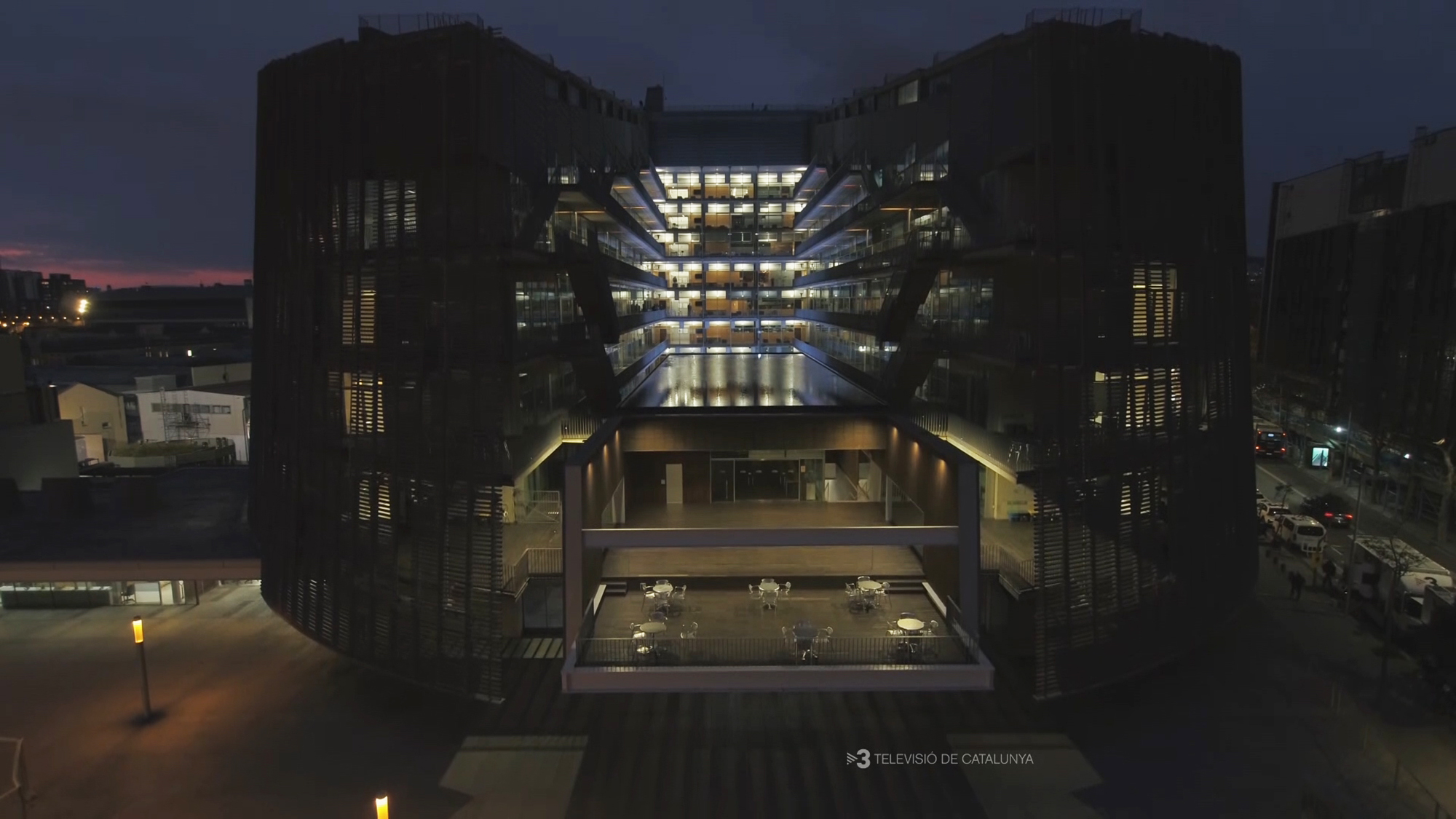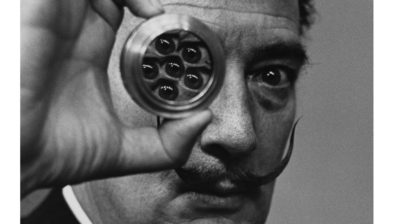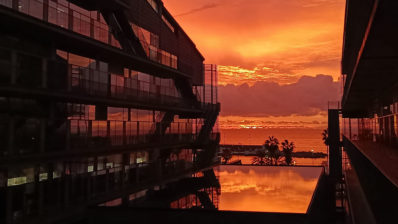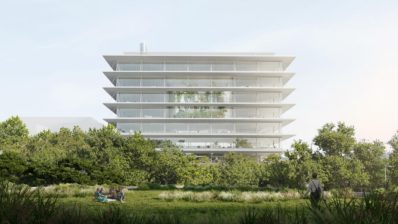The Barcelona Biomedical Research Park (PRBB) is the largest biomedical research center in southern Europe. This means that nearly 1,400 people work in 55,000 m2, contributing to the advancement of biomedicine every day. However, biomedical research has a high environmental impact. It requires a lot of energy and therefore the carbon footprint of the inherent scientific activity is high. It also generates large amounts of waste.
Optimizing the energy consumption of a large building
Most laboratories require special equipment, such as gas extraction hoods, deep freezers, servers, as well as structural equipment (for climate) in order to carry out experiments in optimal conditions. These machines have very high energy consumption. Some are in operation 24 hours a day, 365 days a year. This means that, at the end of the year, the energy consumption of the PRBB is about 12,000,000 kilowatts, which would be equivalent to the energy consumption of a town of about 4,000 inhabitants, such as Hostalric or El Papiol.
Since 2017, the PRBB consumes 100% green energy. Also, from the Department of Infrastructures of the PRBB, constant modifications are made to optimize the energy demand of the Park. In this sense, some of the actions in recent years have included:
- the modification of the cold circuit of the building, which has meant a saving of 10% of the energy destined for refrigeration, equivalent to 170,000 kilowatts;
- in 2022, the data processing center and the -4ºC and -20ºC cold rooms will be renovated, incorporating more efficient technologies that will lead to a reduction in energy consumption
“Whenever we carry out works to improve the functionality of the building, we take the opportunity to include improvements that reduce energy consumption”
Oliver Blanco, director of the Department of Infrastructures, PRBB
Using till the every last drop of water
Annually, the PRBB consumes 25,000 m3 of water. And half of that water goes to scientific uses. This figure, which may seem high at first, can be explained by the need to generate pure and ultrapure water to carry out the experiments.
Tap water may contain small particles of organic and inorganic matter that could alter the results of experiments. That is why it is necessary to filter it to obtain pure water. This purification process requires between 6 and 7 liters of softened water to generate one liter of pure water. At the PRBB, the surplus water from this process is stored in large tanks so that it can be used to flush the toilet tanks.
Pure water is suitable for:
- preparing reagents and buffer solutions
- preparing microbial culture media
- cleaning and autoclaving laboratory equipment
- drinking water for experimental animals
However, some experiments require even higher control and therefore ultrapure water must be used. This is pure water that is filtered to achieve a balance of ions and a certain resistance. This last filtering process makes the process even more expensive. That is why ultrapure water should only be used for:
- Preparing reagents for cell cultures
- Performing biochemical and chromatographic analyses
- Preparing PCR reactions
Waste management: beyond grey, brown, green, blue and yellow.
In an infrastructure as large as the PRBB, waste management is complex. But, in addition to the dimensions of the building, the element that makes this process most difficult is the variety of waste that is generated.
Several specialized wastes are produced in biomedical laboratories. All those elements that have been in contact with cells, viruses, animal or anatomical remains, blood, vaccines or sharp material are considered biohazardous waste (group III) and must be deposited in the black container with a yellow lid. Waste that has been in contact with carcinogenic, mutagenic or teratogenic elements is considered cytostatic waste (group IV) and must be deposited in the blue container.

However, laboratories also generate cardboard, glass and, above all, plastic waste that has not been in contact with biological or cytostatic elements, such as syringe containers, pipette boxes, bottles of medium, etc. All of these should be thrown into the yellow container for light packaging because they do not require the same treatment as the rest.
Managing biohazardous waste is thirty times more expensive than managing uncontaminated plastic waste
Biohazardous waste is autoclaved and sent to landfill, while plastic waste (in the yellow container for light packaging) is sent to the recycling plant to segregate it and generate new plastics. But the difference lies not only in the destination of the waste, but also in the cost of the process: managing biohazardous waste is thirty times more expensive than managing uncontaminated plastic waste. And the carbon footprint is also exponentially larger.
Electronic devices: waste or resource?
Almost a fifth of the staff working at the PRBB is administrative staff. All these people, as well as most of the research staff, have a computer and offices equipped with printers, telephones or other basic electronic devices. This means that over the years the electronic waste generated in the Park has grown.
This waste is managed by electrorecycling, a company that, according to Josep Caminal, from the commercial department “has the desire to reduce the amount of waste sent to landfills“. For the PRBB, basically, they recycle screens and electrical devices. They separate the different electronic components and crush them to separate the fractions of copper, iron or aluminum that will be sent to the foundry, while the plastics and methacrylates that they extract are sent to a conventional recycling plant.
Of course, in such a large infrastructure in which cutting-edge research is carried out, technological devices often become obsolete before they stop working. For this reason, the PRBB is a member of the Barcelona + Sostenible network through which it makes donations of devices, which still work but are no longer useful for research, to other institutions in the city. Through this network, the PRBB has already given a second life to more than 300 desktop telephones and 8 plasma screens.
The PRBB has already given a second life to more than 300 desktop telephones and 8 plasma screens, through the Barcleona+Sustenible network
Despite all these efforts, it is clear that biomedical research needs to go one step further to optimize its energy consumption, reuse all possible elements and reduce waste generation. It is a long road that depends on the contribution of each and every resident of the Park. From the infrastructure department, the aim is to continue working to have a more sustainable PRBB.







